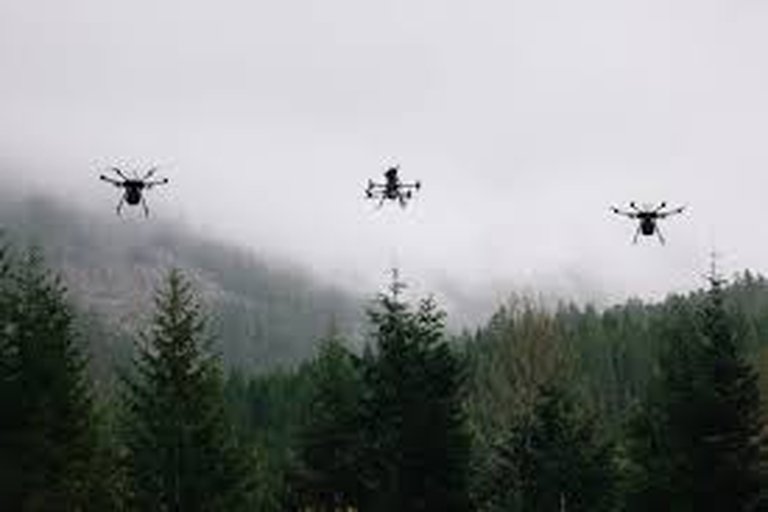A team of engineers in Quebec is revolutionizing how Canada monitors its forests by combining drone surveillance with artificial intelligence. The project, led by researchers at Laval University and funded by the Quebec Ministry of Forests, aims to detect signs of disease, deforestation, and wildfire risk more efficiently than traditional methods.
Using drones equipped with high-resolution cameras and thermal sensors, the team collects aerial data from expansive forest regions across Quebec. The AI model then analyzes the images to identify patterns—such as discoloration in tree canopies or unusual temperature spikes—that might indicate insect infestations or illegal logging.
What makes this approach unique is the system's ability to self-learn and adapt to different forest types. The AI model was trained on over 10 million labeled images and continues to refine its accuracy as it receives feedback from field workers and ecologists.
In a recent pilot near Saguenay, the system successfully identified an early outbreak of spruce budworm, allowing forestry officials to respond before the infestation spread. “We would have lost several hectares had this not been caught,” said Alexandre Morin, a regional forest manager.
The engineers behind the project stress that this technology is meant to complement, not replace, human expertise. “We're enhancing what rangers and scientists already do, freeing them from routine surveys so they can focus on more complex analysis,” explained lead engineer Camille Lavoie.
Aside from conservation, the system has practical applications in safety and budgeting. Predictive mapping of wildfire risks can help prioritize emergency preparedness, while long-term trend data aids policymakers in planning sustainable logging practices.
The initiative has also attracted attention from forestry companies and insurance providers, who see value in real-time insights for risk assessment and environmental reporting. The Quebec government has hinted at expanding the program to other provinces through a federal partnership.
Data privacy and Indigenous land rights have been central to the rollout. Project leaders consulted with local First Nations to ensure drone activity respected territorial boundaries and cultural sites. Agreements were reached that grant communities access to data for their own ecological monitoring.
As climate change accelerates the pace of environmental disruption, tools like this may become essential for maintaining forest health. With over 347 million hectares of forestland, Canada has both a vast resource and a growing need for innovation.
Laval University hopes to publish a full performance review of the system later this year, and plans are underway to release an open-source version of the AI software to academic institutions and environmental NGOs across Canada.
